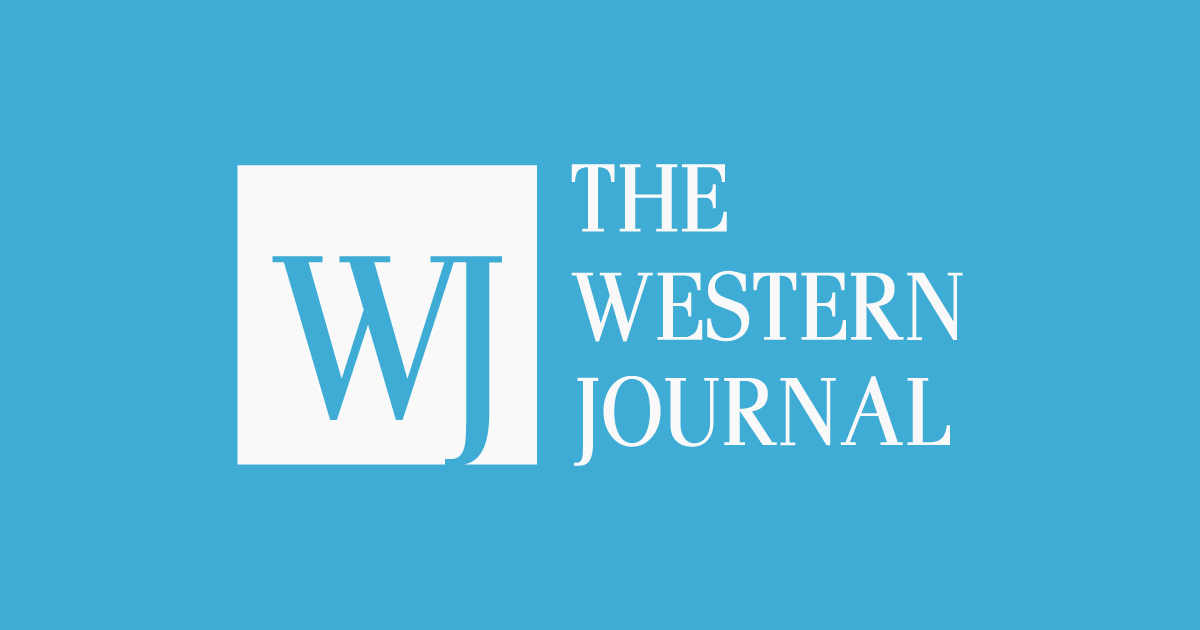A watchdog reports that Michigan public schools used almost half of their $1.2 billion pandemic relief funds for employee compensation
A recent report by a Michigan policy watchdog reveals that Michigan public schools allocated almost half of their pandemic relief funds towards employee compensation. Concerns arise as many students in the state continue to struggle academically post-closures. The report also highlights statewide challenges in student achievement and enrollment, reflecting the ongoing impact of the pandemic on education.
Michigan school districts ‘mostly used Covid relief funds to pad existing employees’ compensation levels,’ watchdog’s findings indicate
Michigan public schools used nearly half of their pandemic relief spending on employee compensation, according to a new report from a Michigan policy watchdog. Many of the state’s students, meanwhile, continue to perform below pre-pandemic testing benchmarks.
So far, Michigan public schools have spent 47 percent of their $1.2 billion in COVID relief expenditures on staff salaries and bonuses, according to the Mackinac Center for Public Policy. The watchdog group says state data show staffing levels did not increase significantly enough for new hires to explain away the heavy spending on teacher salaries and benefits.
“Overall, staffing levels did not increase drastically enough to suggest that the $1.2 billion of Covid aid slated for compensation was primarily devoted to mitigating learning losses incurred by prolonged school closures,” the report states. “Although a portion of the funds may have been used to hire new employees, these findings support the idea that school districts mostly used Covid relief funds to pad existing employees’ compensation levels.” Over half of Michigan’s pandemic relief funding for schools left must be spent by September.
“It’s been four years since the pandemic began and Michigan students are still trying to catch up,” Cassidy Syftestad Klutts, author of the Mackinac Center report and a doctoral fellow at the University of Arkansas, said. “School districts have one school year left to spend the remaining $3.5 billion. It will be interesting to see how well they use these resources to overcome learning loss and stabilize the classroom.”
The Michigan Department of Education did not respond to the Washington Free Beacon’s requests for comment.
Michigan public schools spent a fifth of their COVID relief funding on “purchased services,” which includes resources like transportation and tutoring, according to the watchdog’s report. Meanwhile, supplies accounted for 16 percent of Michigan public schools’ spent pandemic funds.
The Mackinac report comes as both student achievement and enrollment in Michigan have yet to bounce back to pre-pandemic levels. Statewide standardized test scores released last spring show all grades remain behind pre-pandemic achievement levels in both English-Language Arts and Math. Both third grade and seventh grade scores on Michigan’s Student Test of Educational Progress showed English and Math scores in 2023 were down roughly two to three points from pre-pandemic levels. Meanwhile, Marguerite Roza, director of Georgetown University’s Edunomics Lab, reiterated to the Free Beacon how students in Michigan have “lost a lot of ground academically and have been slower than most states to recover [following the pandemic].” Roza noted that given this slower than average pace of recovery for students in Michigan, “district leaders now need to leverage every last available dollar to drive progress for students.”
Michigan’s public schools aren’t the only ones to allocate large amounts of COVID relief funds on staff salaries, benefits, and bonuses. In North Carolina, for example, the Wake County Public School System from March 2020 to April 2023 spent 78.8 percent of its total pandemic relief funding on salaries and employee benefits, according to the district. Chicago Public Schools—a district where union teachers repeatedly refused to return to the classroom during COVID—similarly spent 77 percent of its pandemic money on staff bonuses, salaries, and benefits. In Tennessee, meanwhile, the state’s comptroller found that a district funneled nearly $28,000 to one administrator alone. And in Nebraska, Lincoln Public Schools attempted to use COVID relief dollars to issue across-the-board teacher bonuses, but the state’s Department of Education did not allow it.
Meanwhile, public education in Michigan continues to lose students to private and charter schools. Prior to the pandemic, it was estimated that Michigan public schools were losing roughly 13,000 students per year. The pandemic only exacerbated this. In 2020 the state lost five times as many, and today enrollment is still about 70,000 students less than it was during the 2019-2020 school year. Additionally, across all four years since the pandemic started, charter school enrollment has increased by almost 5,000 students, a Detroit News analysis of state data found. The Mackinac Center report noted there are limits to interpreting its data, but did indicate charter schools “appear to have spent their Covid relief funds somewhat differently” than conventional public schools.
“All school districts must be held accountable to ensure that they did, in fact, allocate at least 20 percent of their funds to address deficits in student learning,” the Mackinac Center’s report stated. “With only half the money spent and one school year left to spend the remainder, there is still time for districts to dispense the rightful amount of Covid aid in support of closing these gaps.”
" Conservative News Daily does not always share or support the views and opinions expressed here; they are just those of the writer."





